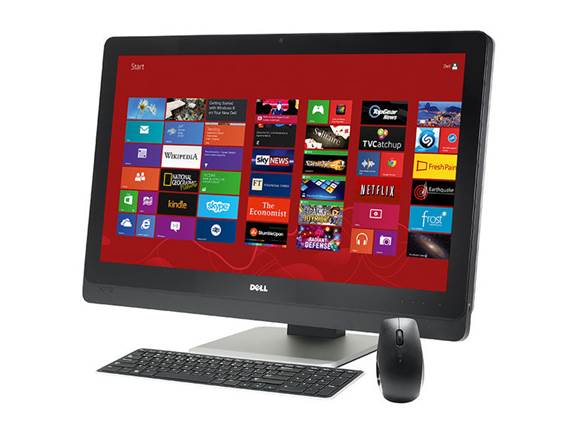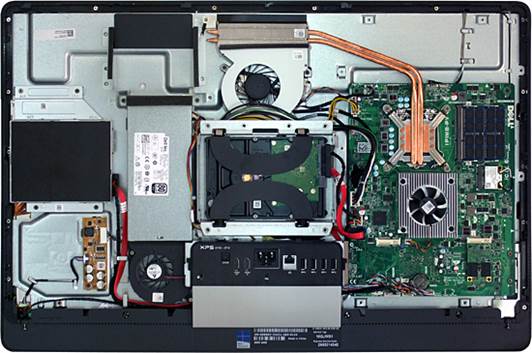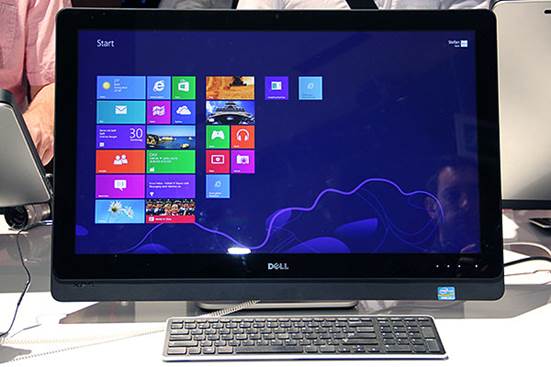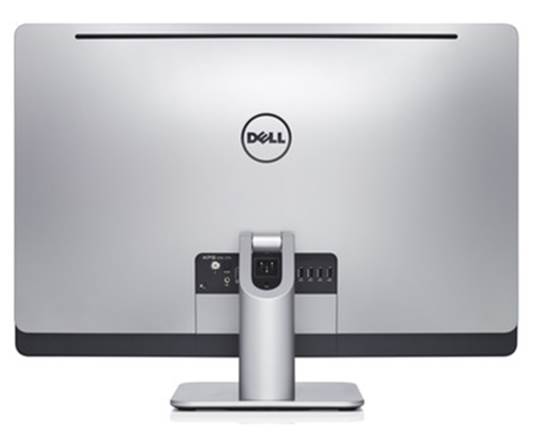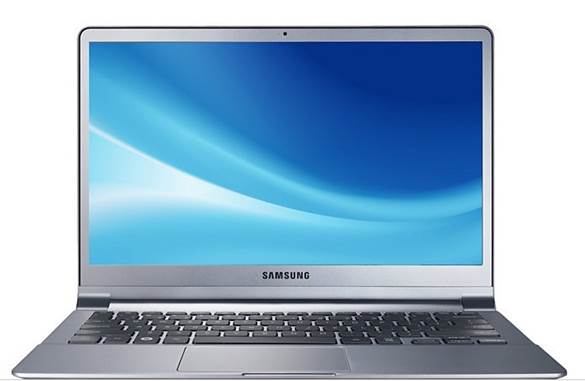Thanks to the more post-PC Era-friendly inclinations of Microsoft’s latest Windows 8 operating system, computer makers have been challenged to realize their respective visions of the ideal modern laptop-tablet convertible in order to keep up with the times. Here is Dell’s initial hybrid champion, the XPS 12.
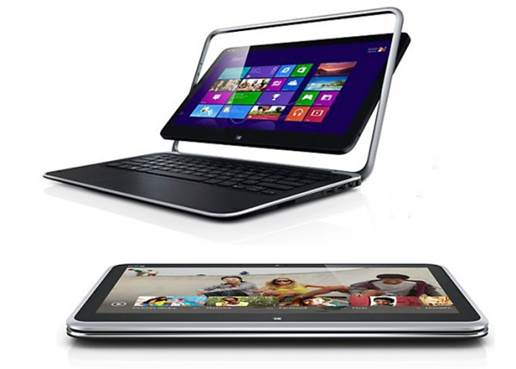
Dell XPS 12
Fans of the Dell XPS 13 Ultrabook’s solid look and feel will be pleased to find much of the same on the XPS 12, albeit with a distinctive twist or swivel, actually. Coming with a swivel point at the middle of its bezel, the XPS 12 has a screen that flips around to transform the device into a more touch-friendly tablet as soon as you shut the lid. Magnets hold the screen firmly in place, requiring a good, solid push before the display snaps off the bezel to change position. The XPS 12 handles comfortably as a tablet, keeping its physical keyboard hidden and beyond the user’s touch. However, we do have reservations about how sturdy the swivel point will prove to be in the long run and feel that 1.52kg is a tad heavy for prolonged tablet mode use.
Another physical highlight of the XPS 12 is the 1920 x 1080-pixel Full HD screen, lending to a crisp, fairly pixel-dense 12.5- inch display, which Dell believes to be the ideal compromise for both work and content consumption. Either way, the Modern UI on Windows 8 is rendered splendidly on this Corning Gorilla Glass protected display. Brightness is satisfactory, although we noticed it being prone to reflections and, naturally, fingerprints.
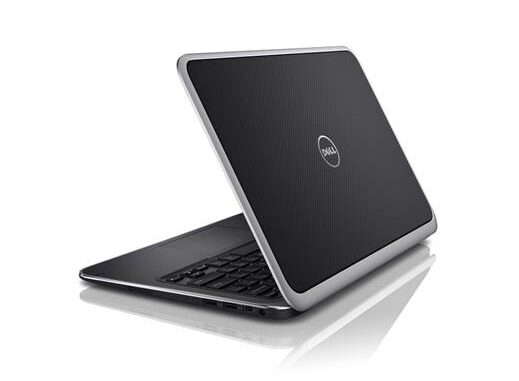
The XPS 12 has only two USB 3.0 slots, a mini- DisplayPort instead of any HDMI provisions
While the XPS 12’s XPS 13-like form factor has its merits, it also retains the same faults in the form of I/O port limitations. The XPS 12 has only two USB 3.0 slots, a mini- DisplayPort instead of any HDMI provisions, and lacks a built-in memory card reader.
Our XPS 12 review sample came with an Intel Core i5-3317U chip running at 1.7GHz, 8GB RAM, and Intel HD 4000 graphics. For storage, it features a 128GB SSD. With this configuration, it fared decently in our standard benchmarks, delivering scores (607 Marks and 4697 Marks on 3DMark 11 and PCMark 7, respectively) expected of its Ultrabook-class specs. That said, real-world use proved satisfactory, providing a snappy, visually-pleasing Windows 8 experience. Battery life has room for improvement, though, logging in 171 minutes on PowerMark.
Overall, the Dell XPS 12 is one of the most promising Windows 8 convertibles we’ve tested so far. It offers a commendable balance of design, build quality, performance, and value.
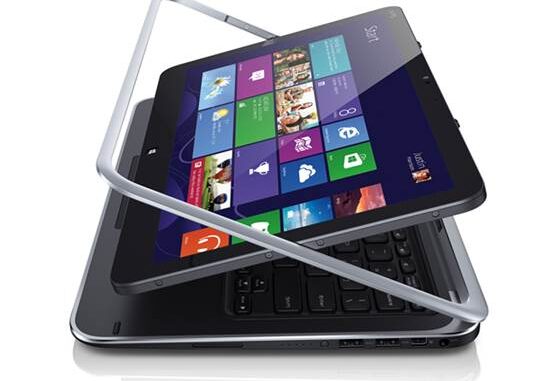
Dell’s convertible implementation has its screen flipping around on a hinge to change from Ultrabook to tablet form factors.
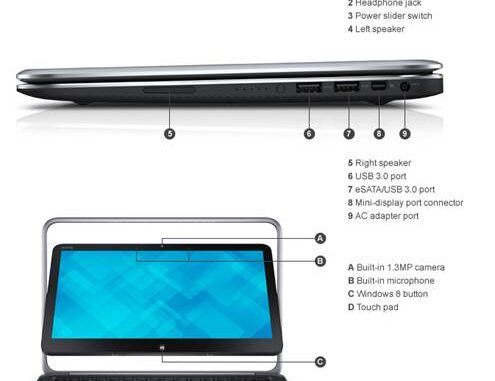
The XPS 12 isn’t the slimmest portable machine out there, but considering its dual form factors, it feels compact and solid.
| Specifications
§ Graphics: Intel HD Graphics 4000 § Operating system: Windows 8 Pro § Connectivity: Wi-Fi a/g/n, Bluetooth 4.0, Wi-Di 3.0, 1x USB 3.0, 1x USB 3.0 with Power Share and Windows debugging, mini-Display Port, Headphone/Mic combo jack § Dimensions / weight: 317 x 214 x 8-20mm / 1.52kg § Website: www.dell.com At a glance § Processor: Intel Core i5-3317U (1.7GHz) § Display: 12.5” LED-backlit (1920 x 1080) § Memory: 4GB DDR3 § Storage: 128 BG SSD § Price: $1,600 Verdict: 8.5 § Physique: 8.5 § Features: 8.5 § User-friendliness: 8.5 § Performance: 8.0 § Value: 8.5 |
